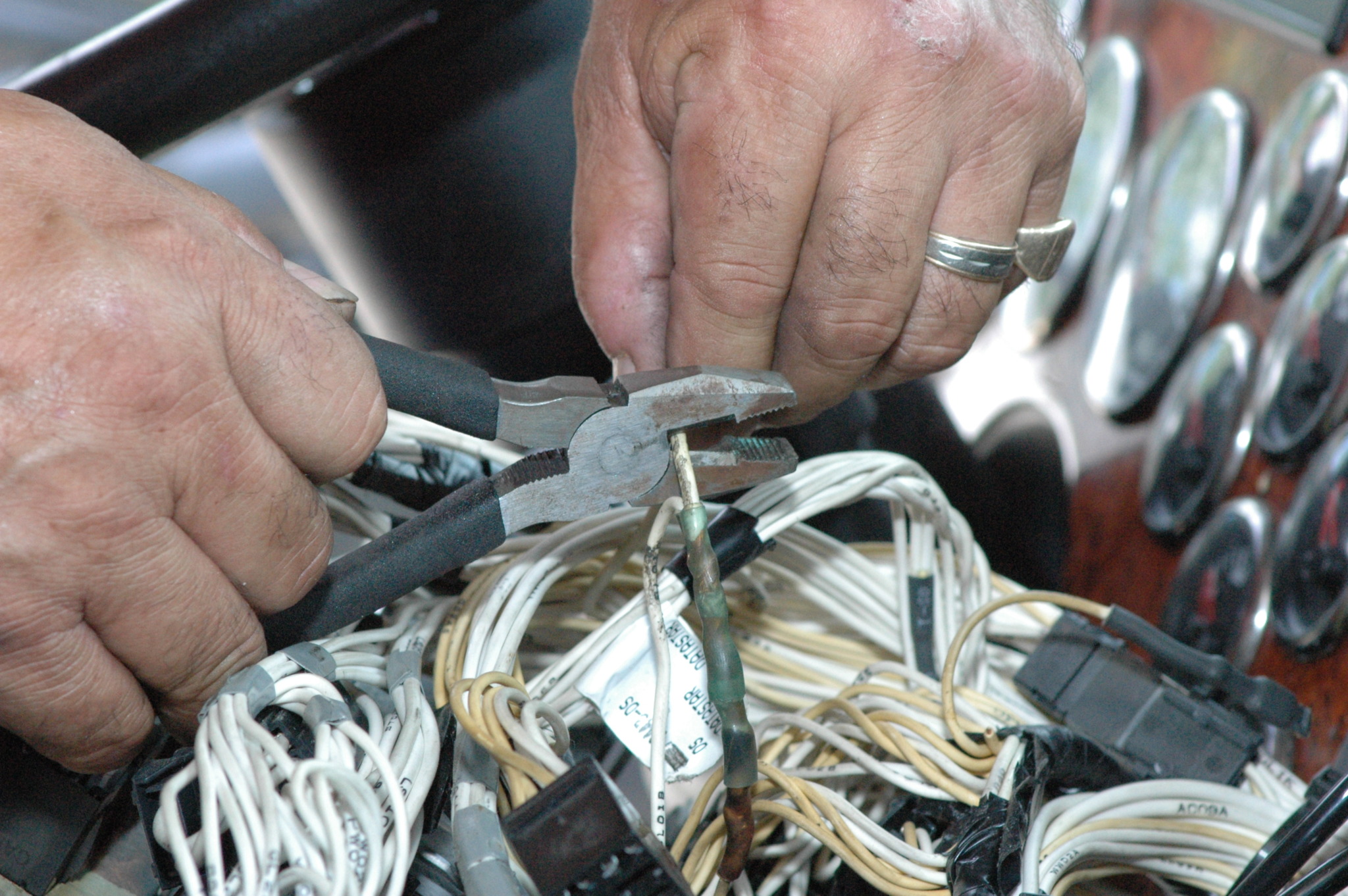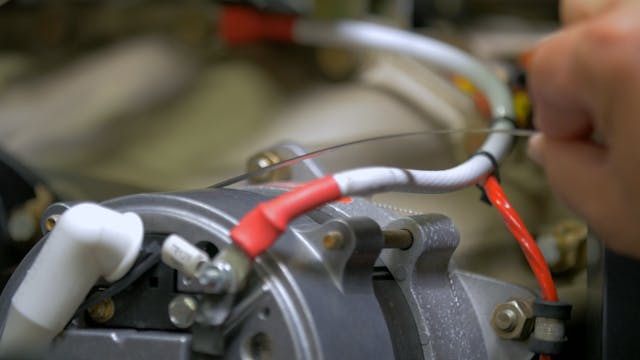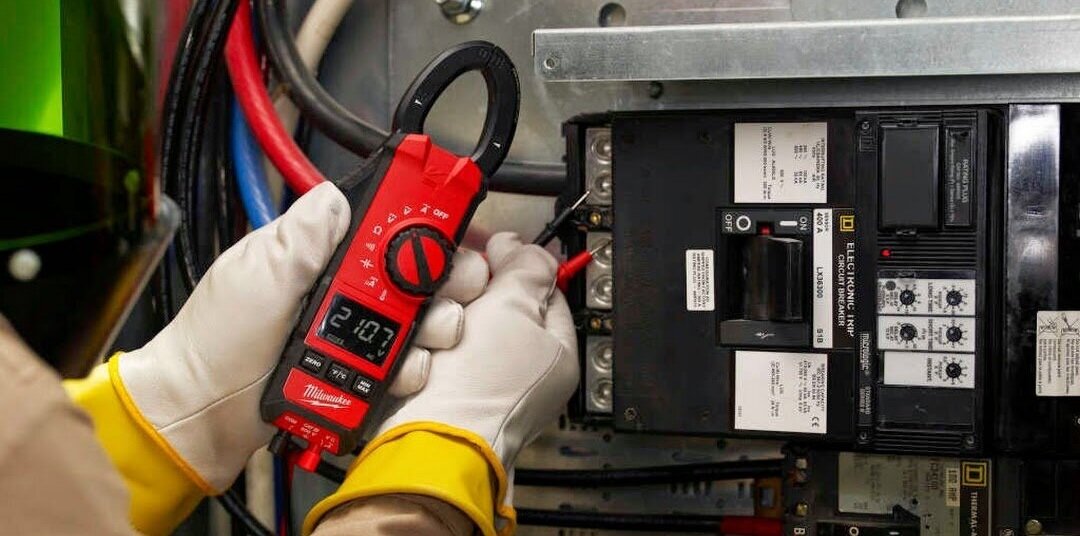Comprehensive technical support for electrical industry to drive success.
Comprehensive technical support for electrical industry to drive success.
Blog Article
Leading Tips for Effective Electric System Troubleshooting
Troubleshooting electrical systems requires a methodical approach, grounded in an extensive understanding of electrical concepts and safety protocols. The nuances of reliable troubleshooting expand beyond plain technical knowledge; comprehending how to document findings and focus on safety and security can considerably influence results.
Understand the Essentials
Recognizing the essentials of electric systems is vital for reliable troubleshooting, as a strong structure enables service technicians to diagnose and fix problems more efficiently. A comprehensive grasp of electrical concepts, such as voltage, current, resistance, and power, is crucial in determining the origin of troubles. Voltage is the electric prospective distinction that drives current via a circuit, while resistance opposes the flow of current, affecting the overall functionality of the system.
Familiarity with circuit parts, including resistors, capacitors, diodes, and switches, is likewise critical. Each part plays an unique duty in circuit behavior and can influence performance when malfunctioning. Furthermore, understanding collection and identical circuit setups is important, as these arrangements affect the distribution of voltage and present within the system.
Moreover, understanding of safety and security protocols is crucial. Specialists should know potential risks, such as shock and short circuits, to execute secure troubleshooting practices. By grasping these foundational principles, professionals enhance their capability to perform effective diagnostics and repair work, inevitably leading to enhanced efficiency and reliability of electrical systems. This foundational knowledge is the foundation of successful troubleshooting ventures.
Gather Necessary Tools
Reliable troubleshooting of electric systems requires the right collection of tools to diagnose and deal with issues properly. Vital tools consist of a multimeter, which gauges voltage, current, and resistance, enabling for accurate analyses of electric components.
In addition, insulated hand devices such as screwdrivers, pliers, and wire pole dancers are important for safely adjusting electrical links. It is also suggested to have a circuit tester on hand to validate the presence of voltage in outlets and cords. For more facility systems, a thermal imaging camera can aid spot overheating components, suggesting potential failures.

Follow an Organized Approach
Having collected the suitable devices, the following step in troubleshooting electric systems is to comply with an organized strategy. A systematic approach guarantees that technicians can identify mistakes successfully and properly, decreasing downtime and avoiding unnecessary fixings.
Begin by evaluating the system's schematic diagrams and specifications. Understanding the design and functional criteria will certainly offer context for diagnosing concerns. Next off, separate the issue area by utilizing a procedure of removal. This includes checking each component systematically, beginning with the power resource and working in the direction of the lots.
Use testing tools, such as multimeters and oscilloscopes, to collect unbiased information regarding voltage, current, and resistance at numerous points within the system. This empirical proof will guide your troubleshooting efforts and aid to verify or eliminate possible causes of failing.
Furthermore, think about ecological variables that may affect the system's performance, such as temperature level changes or dampness ingress. A comprehensive evaluation of wiring, connections, and parts will make certain that all possibilities are made up.
File Your Findings
Comprehensive documents is vital in the repairing process of electric systems. Exact records improve the efficiency of determining reoccuring issues and assist in communication among group members. Each searching for needs to be thoroughly noted, including signs and symptoms observed, tests performed, and the outcomes of those examinations. electrical system troubleshooting. This technique not only aids in recognizing the origin of the trouble but additionally offers as a reference for future troubleshooting efforts.

Furthermore, maintaining a log of components changed or repair work performed is indispensable. This information sustains supply monitoring and can help analyze the longevity and integrity of details elements.
Eventually, the documentation process must be detailed yet succinct, enabling easy retrieval and evaluation - electrical system troubleshooting. By prioritizing thorough paperwork, service technicians can create a beneficial data base that not only aids in current troubleshooting however also equips future maintenance initiatives, thus boosting total system reliability

Prioritize Precaution
Recognizing the intrinsic dangers related to electrical systems is critical for making sure safety and security during troubleshooting. Electric shock, burns, and tools damage are simply a few of the potential dangers that technicians deal with. Focusing on safety and security actions is not only a lawful commitment but additionally an ethical critical that safeguards both the specialist and the surrounding atmosphere.
Prior to starting any troubleshooting task, professionals should don suitable individual safety tools (PPE), including insulated gloves, security glasses, and flame-resistant apparel. have a peek here Ensuring that the work area is dry and complimentary of mess can significantly decrease the risk of mishaps. It is important to de-energize circuits before beginning any work, verifying that they are not live through the use of a multimeter or voltage tester.
Developing clear communication procedures with team members is also important; this guarantees that everyone understands possible threats and the condition of the electric system being worked with. Having an emergency reaction strategy in location can verify vital in the event of an occurrence. By focusing on security measures, professionals can effectively reduce threats and promote a more secure work environment.
Verdict
Efficient electric system fixing counts on a thorough understanding of essential principles and a systematic strategy. By gathering necessary devices, adhering to systematic evaluation strategies, and thoroughly these details documenting findings, the fixing procedure ends up being a lot more efficient and reputable. Prioritizing safety and security procedures ensures the wellness of individuals included and the honesty of the electrical system. Applying these techniques will certainly boost the fixing experience, bring about quicker resolutions and enhanced functional efficiency in electric systems.
Report this page